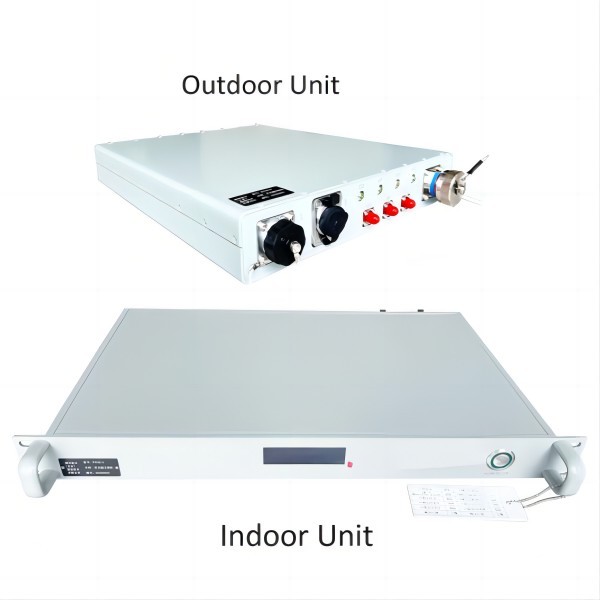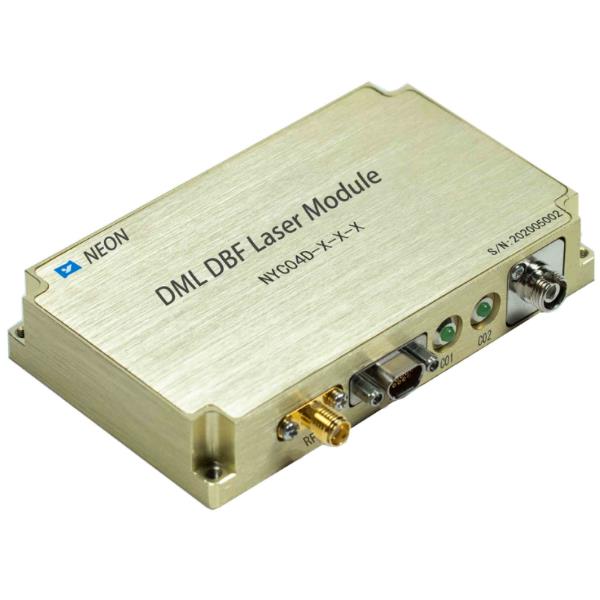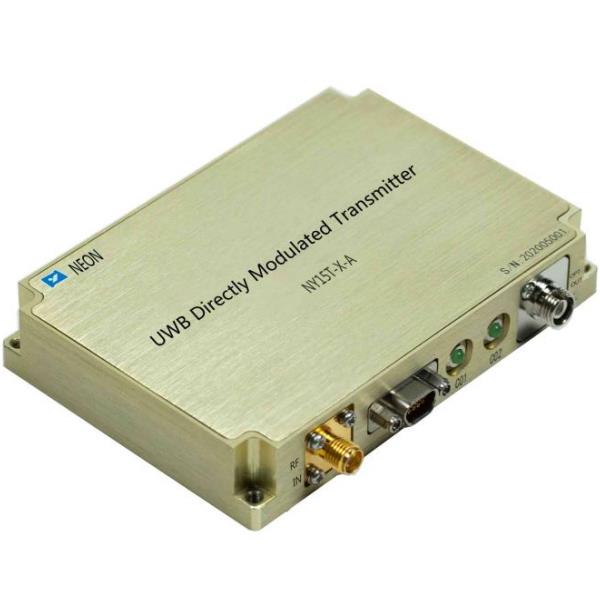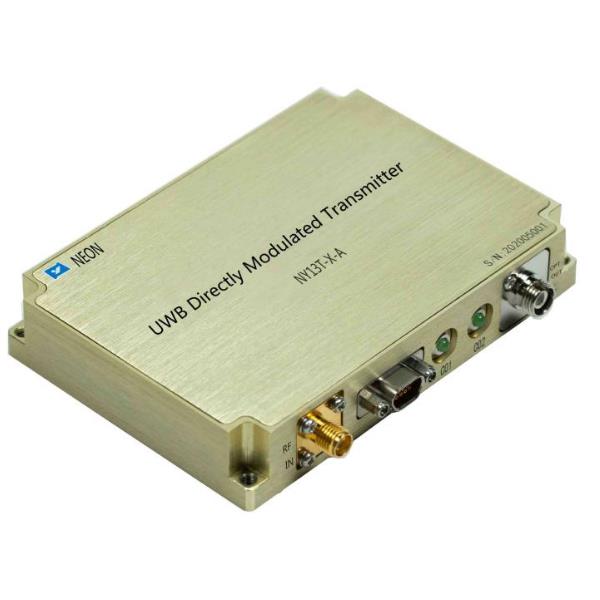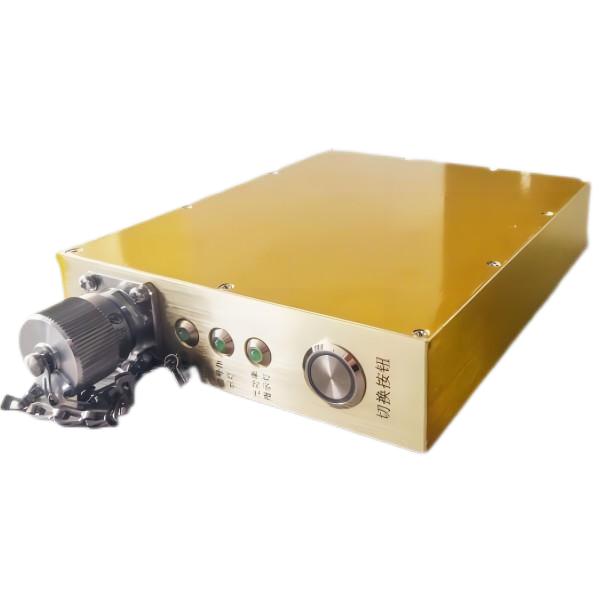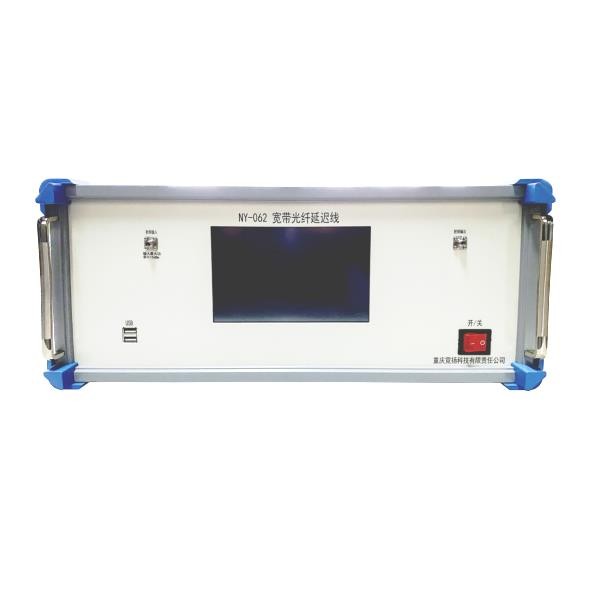Photodetectors: Semiconductor vs. Balanced
A photodetector is a device that converts light energy into electrical energy. Photodetectors are used in a wide variety of applications, including optical communication, spectroscopy, and imaging.
There are two main types of photodetectors: semiconductor photodetectors and balanced photodetectors.
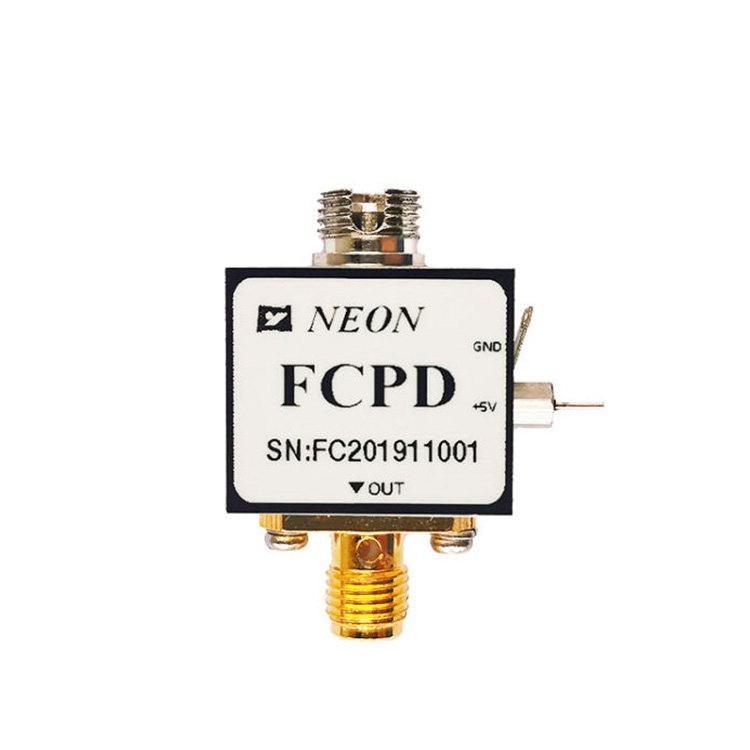
What are Semiconductor Photodetectors?
Semiconductor photodetectors are made from semiconductor materials, such as silicon or InGaAs. These materials have a bandgap, which is the energy difference between the valence band and the conduction band. When light strikes a semiconductor, it can excite electrons from the valence band to the conduction band. These electrons create a current, which is the photocurrent.
The amount of photocurrent generated by a semiconductor photodetector depends on the intensity of the light, the wavelength of the light, and the properties of the semiconductor material. The intensity of the light determines the number of photons that strike the semiconductor, and the wavelength of the light determines the energy of the photons. The properties of the semiconductor material determine how easily electrons can be excited from the valence band to the conduction band.
Semiconductor photodetectors have a number of advantages. They are relatively inexpensive, they are easy to fabricate, and they have a wide range of operating wavelengths. They are also relatively fast, with response times in the nanosecond range.
What are Balanced Photodetectors?
Balanced photodetectors are more complex than semiconductor photodetectors, but they offer several advantages. Balanced photodetectors have higher sensitivity than semiconductor photodetectors, and they are less susceptible to noise.
Balanced photodetectors work by using two photodiodes to measure the difference between the signal light and the reference light. The signal light is the light that is being detected, and the reference light is a light source that is not affected by the signal light.
The output of the two photodiodes is subtracted, and the difference is amplified. This amplified difference is a measure of the signal light.
The advantage of using two photodiodes is that it allows the balanced photodetector to cancel out common-mode noise. Common-mode noise is a noise that is present in both the signal light and the reference light. By subtracting the signal and reference light, the balanced photodetector can effectively cancel out common-mode noise.
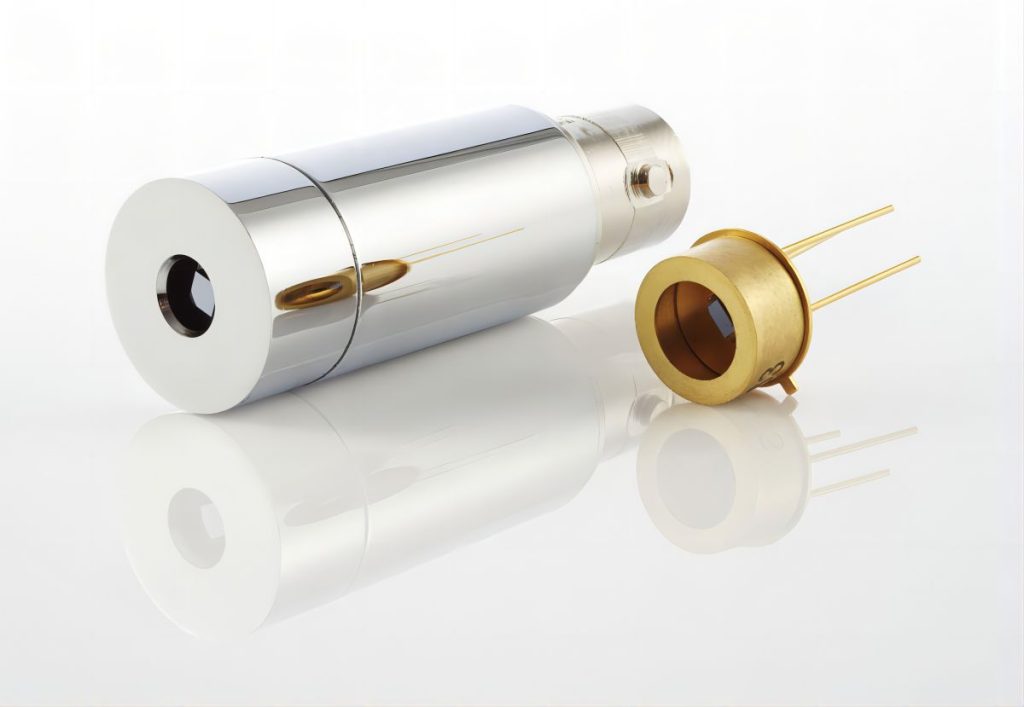
Comparison of Semiconductor Photodetectors and Balanced Photodetectors
The following table summarizes the key differences between semiconductor photodetectors and balanced photodetectors:
|
Feature |
Semiconductor Photodetector |
Balanced Photodetector |
|
Sensitivity |
Low |
High |
|
Noise |
Susceptible |
Less susceptible |
|
Cost |
Inexpensive |
More expensive |
|
Fabricating |
Easy |
More difficult |
|
Operating wavelengths |
Wide range |
Narrower range |
|
Applications |
Optical communication, spectroscopy, imaging |
Laser ranging, optical sensing, spectroscopy |
Additional Difference Between Semiconductor Photodetectors and Balanced Photodetectors
- The working principle of a semiconductor photodetector is based on the photovoltaic effect. When light strikes a semiconductor, it can generate electron-hole pairs. These electron-hole pairs are separated by the electric field in the semiconductor, creating a photocurrent.
- The SNR of a photodetector is a measure of its ability to distinguish between signal and noise. The higher the SNR, the better the photodetector is at discriminating between signal and noise.
- Balanced photodetectors can improve SNR by suppressing common-mode noise. Common-mode noise is noise that is present in both the signal and reference light. By subtracting the signal and reference light, balanced photodetectors can effectively cancel out common-mode noise.
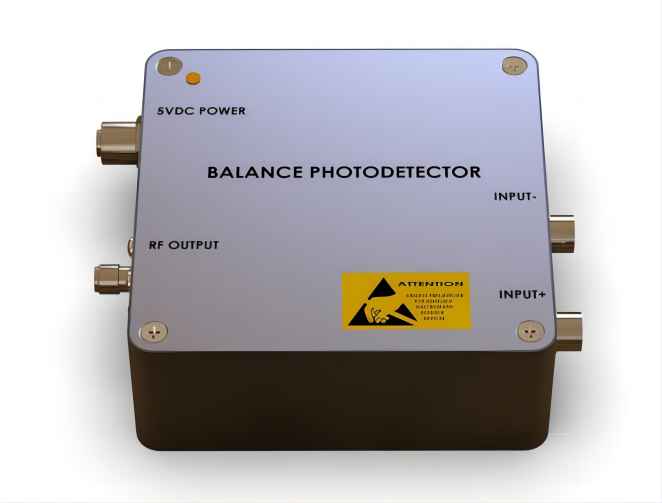
Conclusion
Semiconductor photodetectors and balanced photodetectors are both types of photodetectors that convert light energy into electrical energy. Balanced photodetectors have higher sensitivity than semiconductor photodetectors, and they are less susceptible to noise. Balanced photodetectors are used in applications where high SNR is required.


